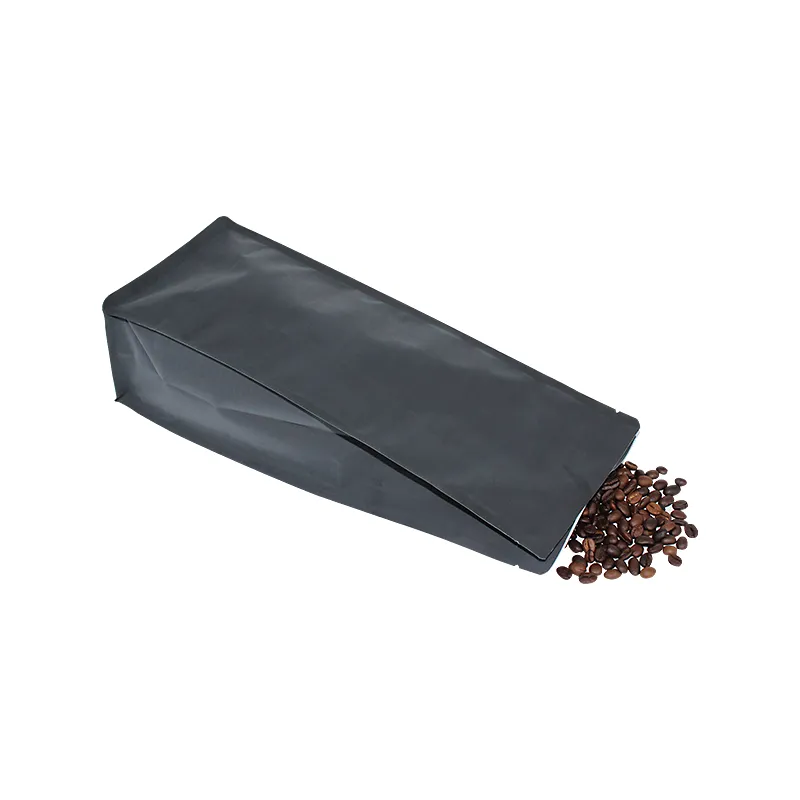- Afrikaans
- Albanian
- Amharic
- Arabic
- Armenian
- Azerbaijani
- Basque
- Belarusian
- Bengali
- Bosnian
- Bulgarian
- Catalan
- Cebuano
- chinese_simplified
- chinese_traditional
- Corsican
- Croatian
- Czech
- Danish
- Dutch
- English
- Esperanto
- Estonian
- Finnish
- French
- Frisian
- Galician
- Georgian
- German
- Greek
- Gujarati
- haitian_creole
- hausa
- hawaiian
- Hebrew
- Hindi
- Miao
- Hungarian
- Icelandic
- igbo
- Indonesian
- irish
- Italian
- Japanese
- Javanese
- Kannada
- kazakh
- Khmer
- Rwandese
- Korean
- Kurdish
- Kyrgyz
- Lao
- Latin
- Latvian
- Lithuanian
- Luxembourgish
- Macedonian
- Malgashi
- Malay
- Malayalam
- Maltese
- Maori
- Marathi
- Mongolian
- Myanmar
- Nepali
- Norwegian
- Norwegian
- Occitan
- Pashto
- Persian
- Polish
- Portuguese
- Punjabi
- Romanian
- Russian
- Samoan
- scottish-gaelic
- Serbian
- Sesotho
- Shona
- Sindhi
- Sinhala
- Slovak
- Slovenian
- Somali
- Spanish
- Sundanese
- Swahili
- Swedish
- Tagalog
- Tajik
- Tamil
- Tatar
- Telugu
- Thai
- Turkish
- Turkmen
- Ukrainian
- Urdu
- Uighur
- Uzbek
- Vietnamese
- Welsh
- Bantu
- Yiddish
- Yoruba
- Zulu
how to find the volume of a box
How to Find the Volume of a Box
When it comes to understanding the fundamental concepts of geometry, one of the essential calculations is determining the volume of a box. Whether you are organizing a space, packing items for a move, or simply curious about everyday objects, knowing how to find the volume of a box can be quite useful. This article will guide you through the process of calculating the volume and provide some practical applications.
Understanding Volume
Volume is the amount of space that an object occupies. For three-dimensional shapes like boxes (also known as rectangular prisms), the volume can be calculated using a straightforward formula. A box has three dimensions length, width, and height. Therefore, the formula to find the volume (V) of a box is
\[ V = \text{length} \times \text{width} \times \text{height} \]
Step-by-Step Calculation
1. Measure the Dimensions Begin by measuring the length, width, and height of the box. It’s essential to use the same unit of measurement for all dimensions to ensure accuracy. For example, if you measure the length in centimeters, both the width and height should also be in centimeters.
2. Insert the Values into the Formula Once you have your measurements, plug them into the formula. For example, if a box has a length of 10 cm, a width of 5 cm, and a height of 4 cm, you would calculate the volume as follows
\[ V = 10 \, \text{cm} \times 5 \, \text{cm} \times 4 \, \text{cm} \]
3. Perform the Calculation Multiply the dimensions together. Continuing with our example
\[ V = 10 \times 5 \times 4 = 200 \, \text{cm}^3 \]
how to find the volume of a box

Therefore, the volume of the box is 200 cubic centimeters.
Units of Measurement
When calculating volume, it’s crucial to express the result in cubic units. For instance, if you measure using centimeters, your volume will be in cubic centimeters (cm³). Similarly, if you use meters, the volume will be in cubic meters (m³).
Practical Applications
Understanding how to calculate the volume of a box has various practical applications
- Shipping and Storage Knowing the volume of boxes can help you maximize storage space in warehouses or when moving. It can also assist in determining shipping costs, as many shipping companies charge based on the volume of the package.
- Packing When packing items for a trip or relocation, being aware of the volume can help you choose the appropriate size of boxes, ensuring that your belongings fit safely and securely.
- Real-Life Problem Solving Volume calculations can assist in projects such as designing furniture, understanding how much soil you need for a garden box, or even determining how much liquid a container can hold.
Conclusion
Finding the volume of a box is a simple yet essential skill that can be applied in various scenarios throughout daily life. By following the steps outlined above, you can easily calculate the volume of any rectangular prism. With practice, you'll quickly become comfortable with the concept, leading to better organization, effective packing, and enhanced problem-solving skills. Remember, whether for academic purposes or practical applications at home, the ability to measure and compute volume is a valuable tool in understanding the space around you. So grab your measuring tape, and start exploring the volumes of the boxes in your life!













